Algorithmic transparency
Washington
5th Nov 2019 at Convene
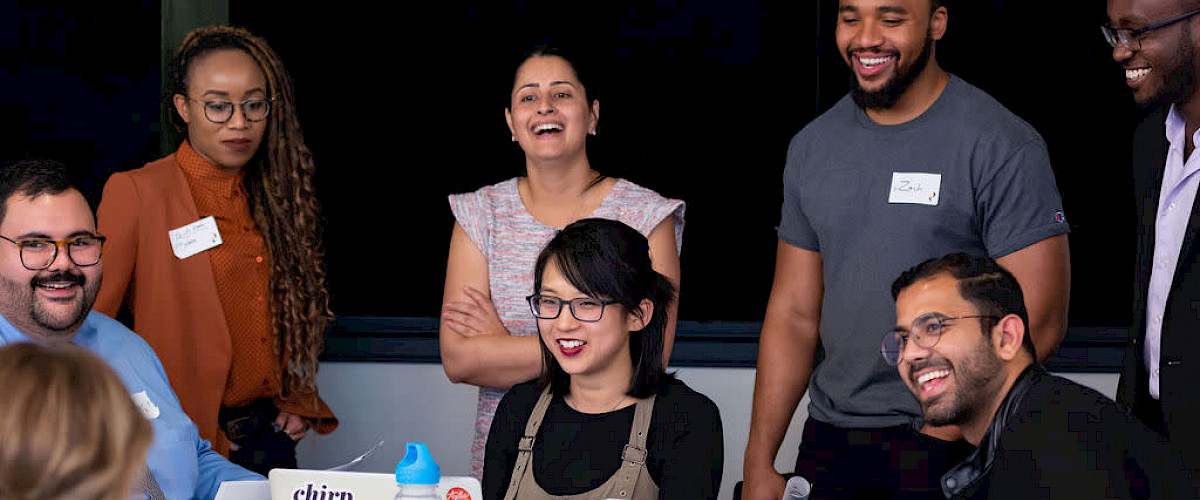
TTC Labs is organising a series of Design Jams focussed on algorithmic transparency across digital services.
The series brings together industry, policymakers, regulators, academics and civil society to prototype and design people-centred products and experiences. These Design Jams develop ideas and prototypes relating to explaining data concepts through the functioning of Artificial Intelligence (AI) and Machine Learning (ML) in the personalisation of digital services.
Around the world, including Singapore, Washington, DC, and Amsterdam in 2019, with further engagement in 2020, we are bringing together experts to co-create applied insights and principles. For this series, TTC Labs are taking patterns and ideas from these prototypes, synthesizing findings into an industry-wide design guide.
The guide will respond to questions and will set out principles for designing for algorithmic transparency and explainability (for an example of our research outputs to date, see our report on Data education for audiences).
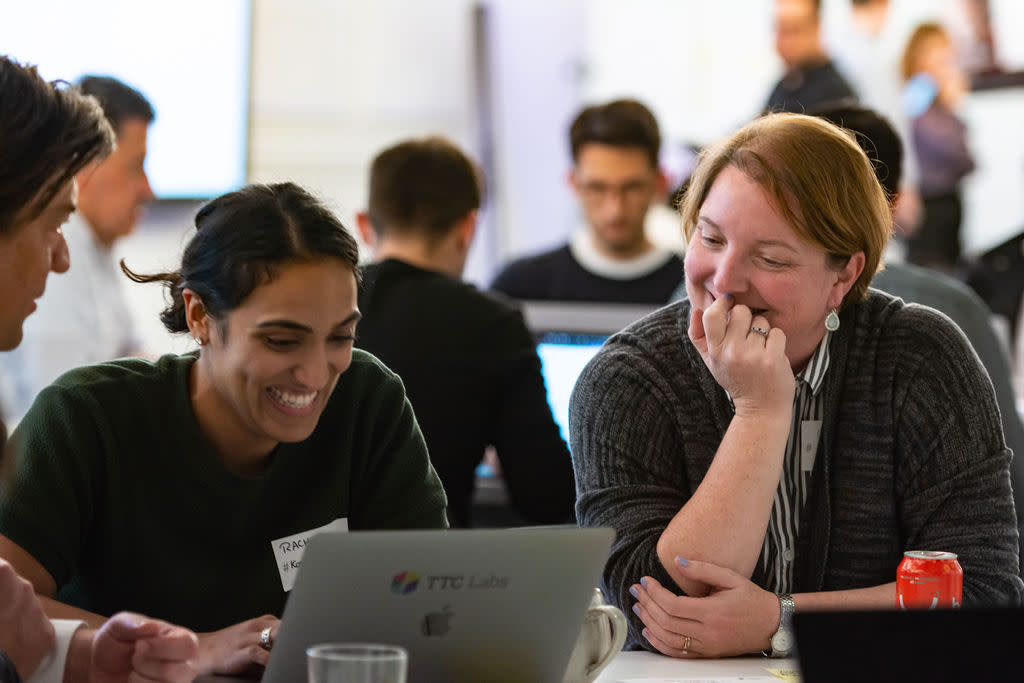
Design tools and experiences that help people to understand and control how algorithmic mechanisms use their data to provide digital services.
We welcomed experts from a variety of disciplines, including the design community, industry, civil society and academia.
Below is an outline of the stages and exercises that took place at this Design Jam. For everything that you need to facilitate your own workshop, please follow the links to the relevant part of our Toolkit.
Discover
On the morning of the Jam, participants were welcomed and Introduced to Design Jamming. They then took part in discovery exercises around stations:
- Content strategy for algorithmic transparency
- Analyse transparency in context and
- Understand people.
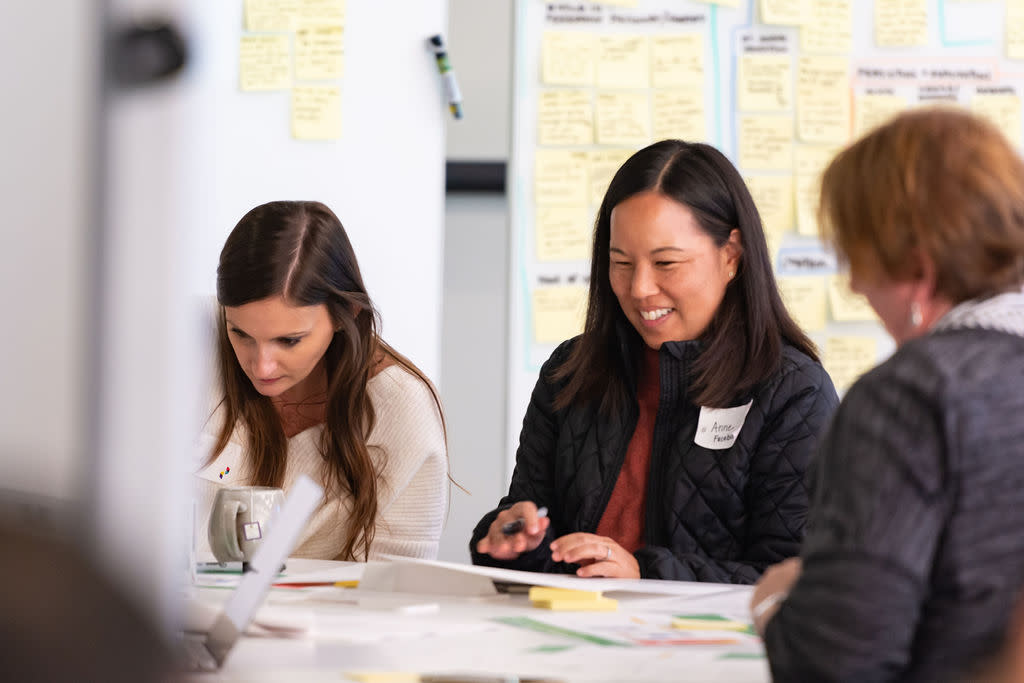
Norberto Andrade, Privacy and Public Policy Manager, AI Ethics at Facebook, gave a talk to the wider group, followed by a panel discussion with experts from King's College (UK), Harvard University, Facebook and Ranking Digital Rights.
All participants worked to Identify opportunities by writing How Might We's on Post-Its during these presentations, and these notes were collected by the facilitation team who placed them on the wall of the day, grouping them into key thematic areas.
Ideate & Prototype
After lunch, the wall of the day was reviewed before moving into the Team kickoff. The teams were also given personas of young people to further Understand people.
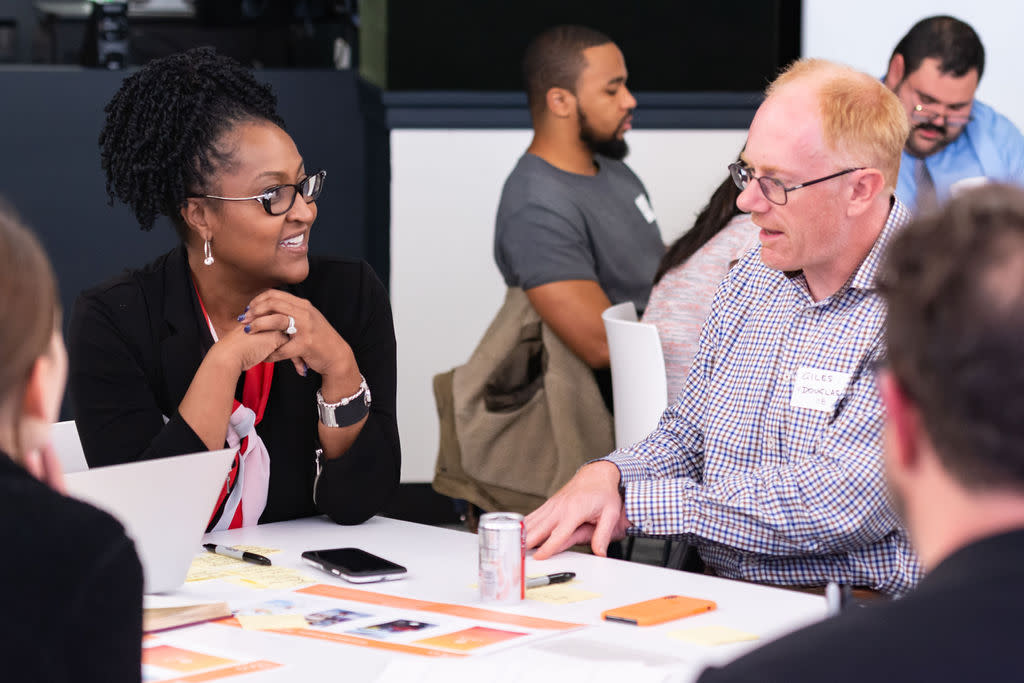
Each multidisciplinary team focussed on imagining transparency-focussed design patterns on different areas of fictional mobile apps, and they were given data use briefs for these Apps accordingly:
- Friendlee - social app which allows people to organise their different friendship groups and share photos, videos, messages and manage events within each group
- Loco - image sharing via messaging and ephemeral feeds
- Totes - a marketplace with a Peer-to-Peer resale community and product suggestions
- Bae - a dating social media app
- Ditto - a companion app for a connected speaker system with a voice-activated virtual assistant
- Bizfeed - a digital media service with an emphasis on business and economic news coverage including articles and videos
Teams completed Challenge statements to define and refine their focus on a specific part of the challenge for each fictional app.
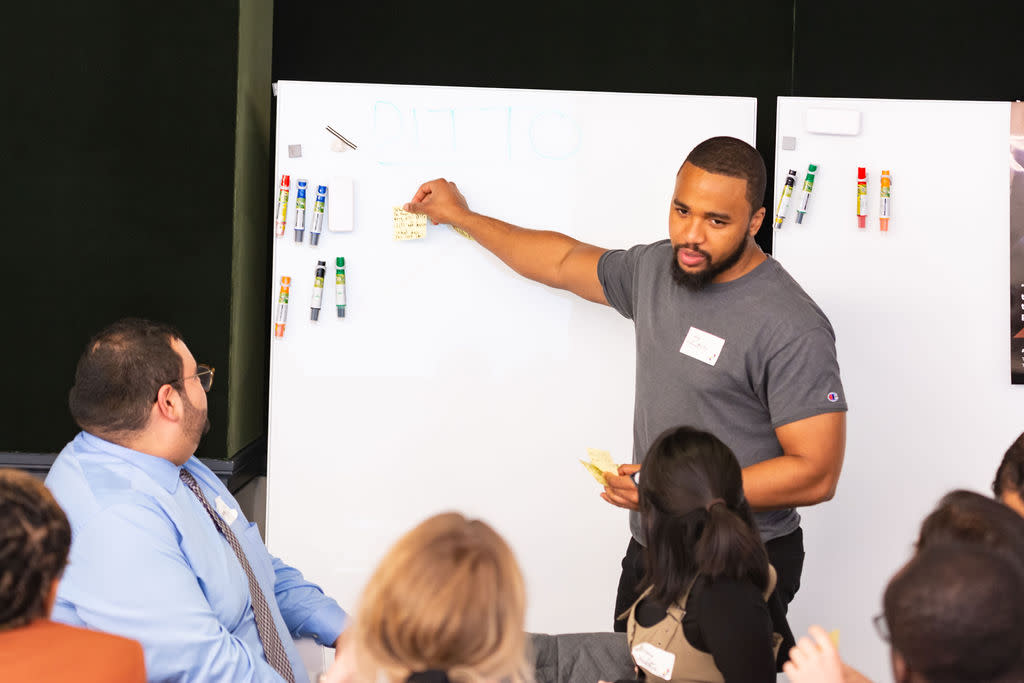
The facilitators Set brainstorming rules and introduced the teams to Sketching ideas. Teams moved from sketching ideas and receiving Feedback from other teams to Building digital prototypes of a single idea.
Each team worked on a presentation to Create a pitch, telling the story of their design patterns back to the whole group and receiving Feedback from experts at the end of the day.
Prototypes included the following:
- A personal shopper that gives back control - Totes
- Improving feedback to enhance the ad experience - Friendlee
- Creating transparent tools to help people find their perfect match - Bae
- Giving people simple visual tools to manage their data- Loco
- A voice assistant that gives people more control over their data - Ditto
- Designing a customized news experience with data privacy in mind - Bizfeed